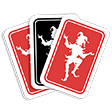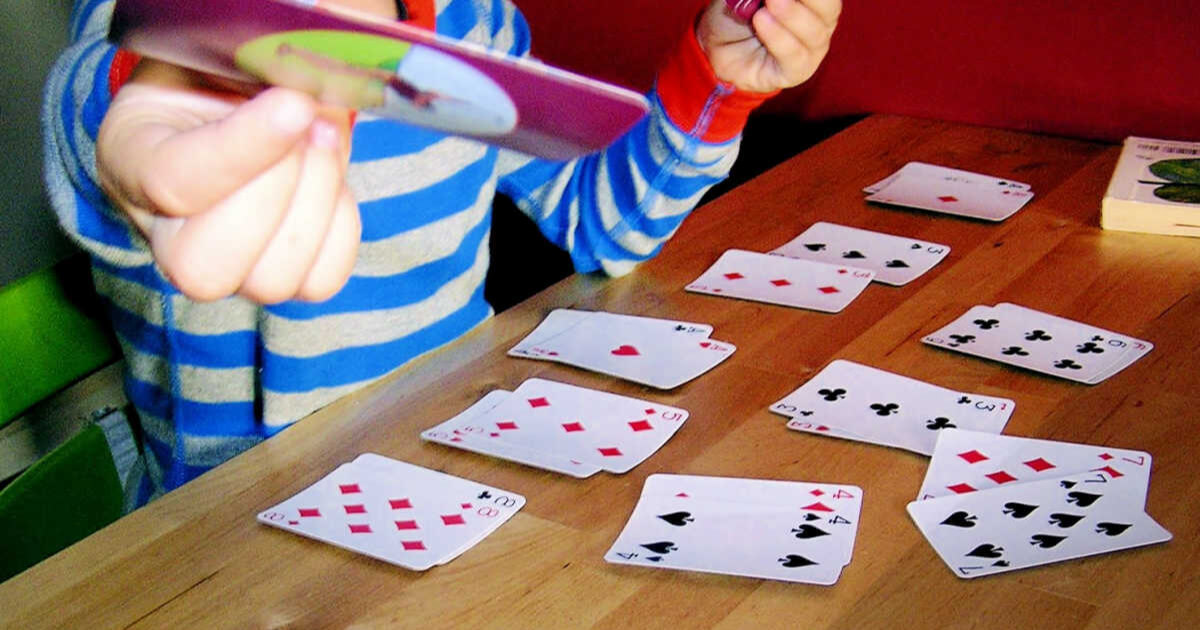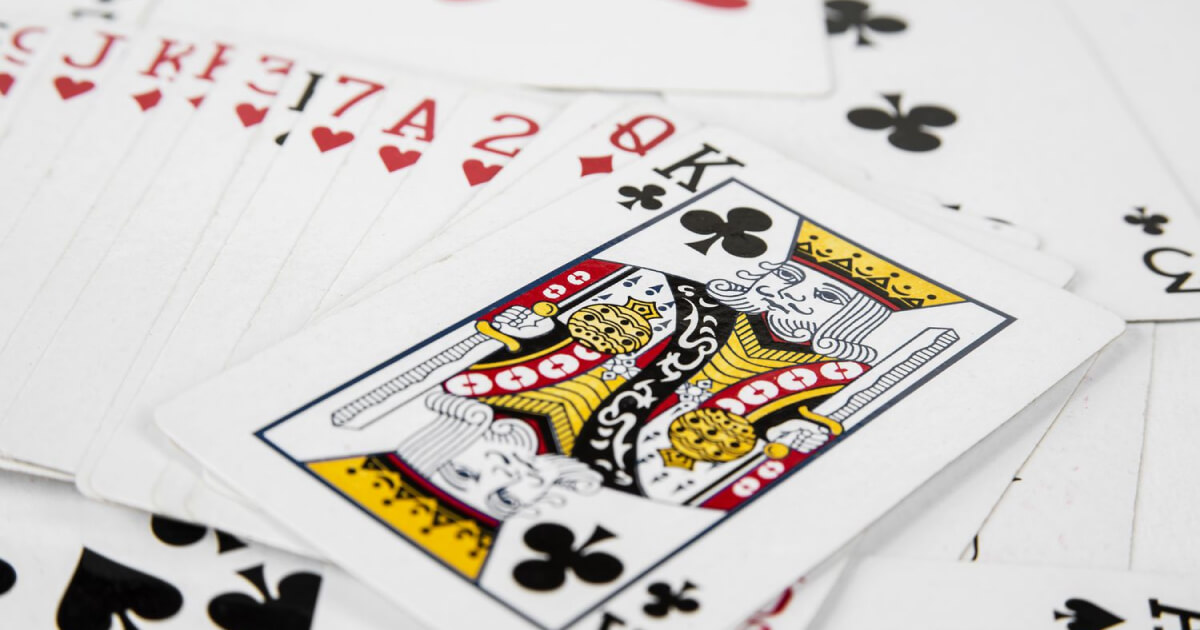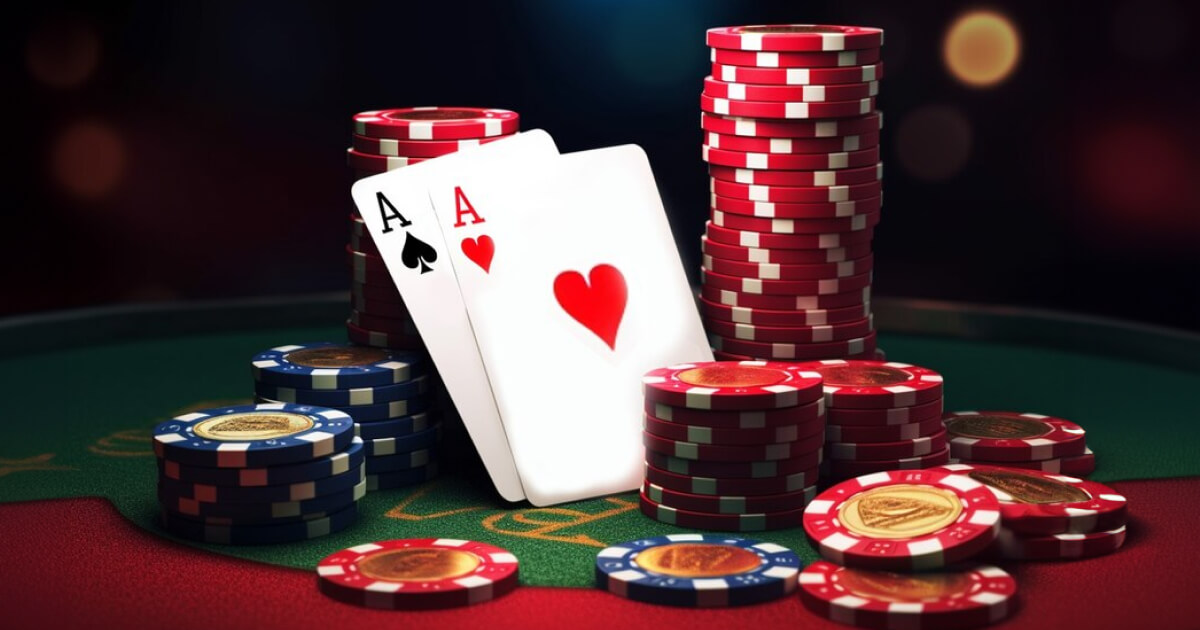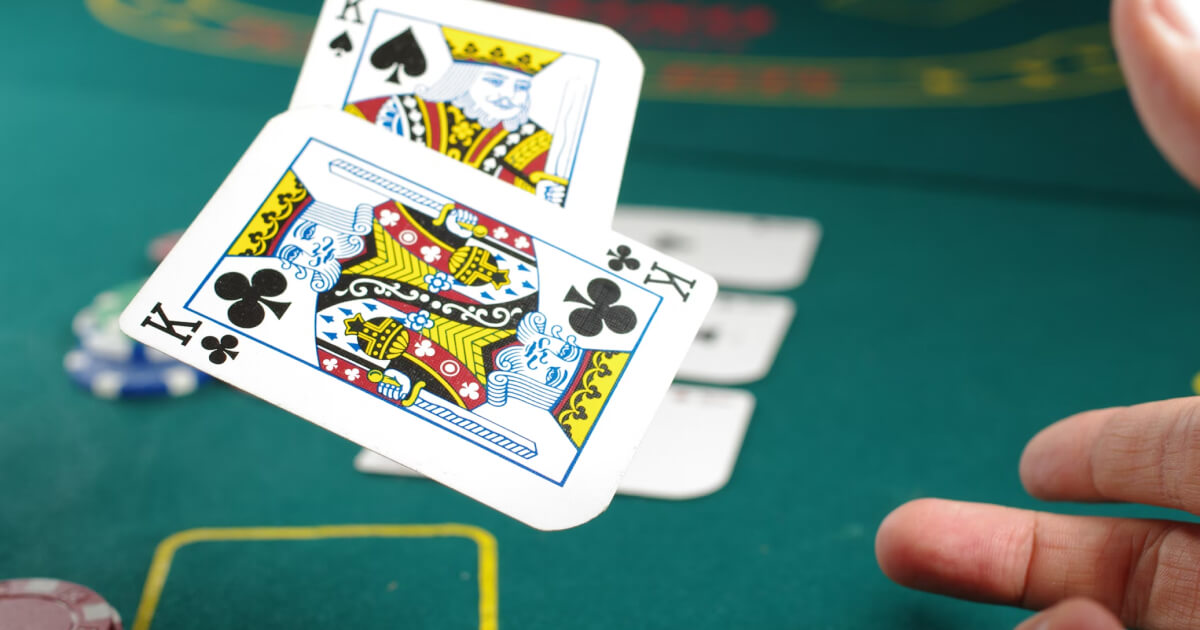Both young and grownups love the classic card game Go Fish, which combines strategic thinking with chance. By asking cards from other players and drawing from a central pile, the game aims to gather sets of four cards of the same rank known as “books.”
Go Fish may be played with two or more people and is ideal for family game evenings with its simple go fish rules and rapid gaming. This article will explain you through the purpose, setup, rules, and variants of Go Fish thereby guaranteeing an enjoyable and interesting experience for all participants.
Objective of Go Fish
Go Fish’s main objective is to surpass your opponent in having more sets of four cards with the same rank. A full set may include, for instance, the four of clubs, four of diamonds, four of hearts, and four of spades.
Seeking to acquire all four cards of a certain rank, players alternately ask each other for particular ranks of cards. The winner is the one with the most sets at the game’s conclusion. Go Fish is a fun challenge for players of all ages as this mix of chance and technique makes it.
Number of Players
Two or more people may play Go Fish, making it flexible for small or big parties. Whether you have a couple or a bigger group of players, the game adjusts appropriately for the number of participants and offers a dynamic and participatory experience.
Playing Time
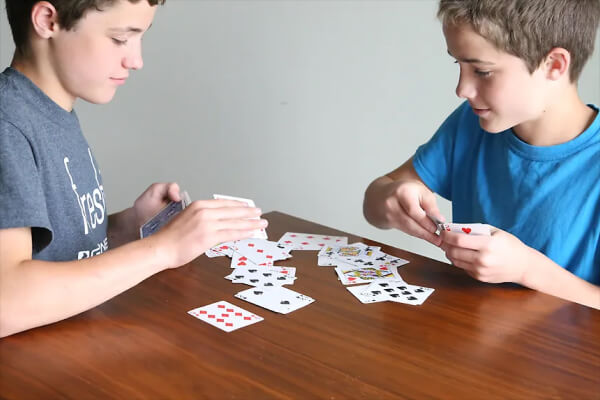
Go Fish is a short and interesting game because a normal one lasts five to fifteen minutes. This brief length lets many rounds be conducted in one session, therefore preserving the intensity and competitiveness. It’s a perfect option for quick breaks or entertaining kids with short attention spans.
Also See: How to Play Cribbage – Basic Rules and Strategies
Equipment Needed
You need a regular deck of 52 cards to play Go Fish. For more entertainment value, use a themed Go Fish deck with images or a multi-pack of card games featuring classics like Crazy Eights, Old Maid, and War.
Unique decks might help make the game more aesthetically pleasing, particularly for younger kids who like vibrant and themed card designs.
Skills Developed
Go Fish helps players develop various skills, including:
- Math Skills: Enhancing number sense, matching, counting, and addition.
- Listening and Memory: Improving focus and recall abilities.
- Basic Game Mechanics: Learning turn-taking, requesting specific cards, and managing their hand effectively.
Suitable Age
Go Fish is suitable for children as young as 3 years old. By around 5 years, children start employing more strategic thinking and using memory and listening skills to their advantage.
The game serves as an excellent introduction to card games, teaching young players the basics of gameplay and strategic interaction.
Why Go Fish is Great for Kids
Go Fish transitions children from purely luck-based games to those requiring a mix of luck and skill. It encourages active listening to identify which card ranks have been requested by other players and remembering these for future turns.

This active engagement helps develop cognitive skills, such as memory and attention, while also fostering social interaction and patience as children wait for their turn.
How to Play Go Fish: Step-by-Step
1. Gather Players and a Deck of Cards
- To start you must have two or more players and a regular deck of cards. Although the game may be played with a standard 52-card deck, particularly for younger players, themed decks expressly made for Go Fish can provide an added degree of fun.
2. Determine the First Player
- See who obtains the highest rank by selecting the first player using any strategy—the youngest player, a fast game of rock-paper-scissors, or drawing cards. Establishing a fair and straightforward approach to choose the beginning player shapes the game’s tone.
3. Set Up the Game
- Shuffle the deck and deal 5 cards to each player (7 cards if only two players). Place the remaining cards face down in the center to form the draw pile. This central pile is where players will draw new cards when told to “Go Fish.”
4. Check for Initial Sets
- Players should look at their cards and immediately lay down any sets of four matching cards. This initial check helps players get a head start on the game by reducing the number of cards in their hand and potentially scoring early points.
5. Play Turns
- The player to the left of the dealer starts by asking another player if they have cards of a specific rank (e.g., “Do you have any 7s?”).
- If the asked player has cards of that rank, they must hand them over, and the asking player continues their turn.
- If the asked player does not have the requested cards, they say “Go Fish,” and the asking player draws a card from the draw pile. If the drawn card matches the requested rank, the player shows it and continues their turn. If not, their turn ends.
6. Rotate Turns
- Play continues clockwise, with each player taking a turn to request cards and potentially drawing from the pile. This rotation ensures that all players have equal opportunities to request cards and attempt to complete their sets.
7. Continue Until All Sets Are Made
- The game proceeds until all cards have been paired into sets of four. If a player runs out of cards, they draw five more from the draw pile (seven if there are only two players). If no cards remain in the draw pile, they wait until the game ends. This rule keeps players engaged even if they run out of cards mid-game.
8. Determine the Winner
- The game ends when all cards are matched into sets of four. The player with the most sets wins the game. Counting and comparing sets at the end adds a layer of anticipation and excitement as players discover the final winner.
Go Fish Card Game Rules and Variations
General Go Fish Rules:
- If a player runs out of cards, they draw 5 more for a 3+ player game (or 7 in a 2-player game). If there are fewer than 5 cards left in the draw pile, the player takes whatever is left.
- If the draw deck runs out, continue play until all cards have been paired into sets of four.
- If a player runs out of cards and there are no cards left to draw, they are done with play and wait until the game ends.
- Players must have at least one card of a rank to ask another player for it. This rule ensures that players cannot randomly guess and must use some strategy based on the cards they hold.
Variations:
- Face-Down Matches: Keep matched sets face-down to enhance memory and listening skills. This variation adds an element of surprise and memory challenge, as players need to remember which ranks have already been completed.
- Pairs Instead of Quartets: Match pairs instead of sets of four, grouping cards by color (red for hearts and diamonds, black for clubs and spades). This variation can simplify the game for younger players or add a new twist for experienced ones.
Conclusion
The Go Fish card game combines intelligent thought with chance. Young children may easily understand its basic principles, but its strategic components challenge adult players. Go Fish is a tool for mental growth and social engagement rather than just a game by encouraging abilities like counting, matching, listening, and remembering.
Go Fish is still a popular classic with many fun and worthwhile learning possibilities, whether you’re playing a casual game with friends or teaching small children. So compile your cards and players, and be ready to enter the wonderful universe of Go Fish!
